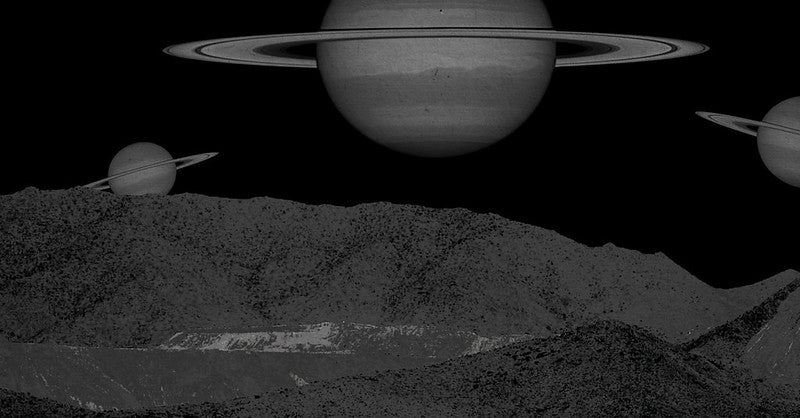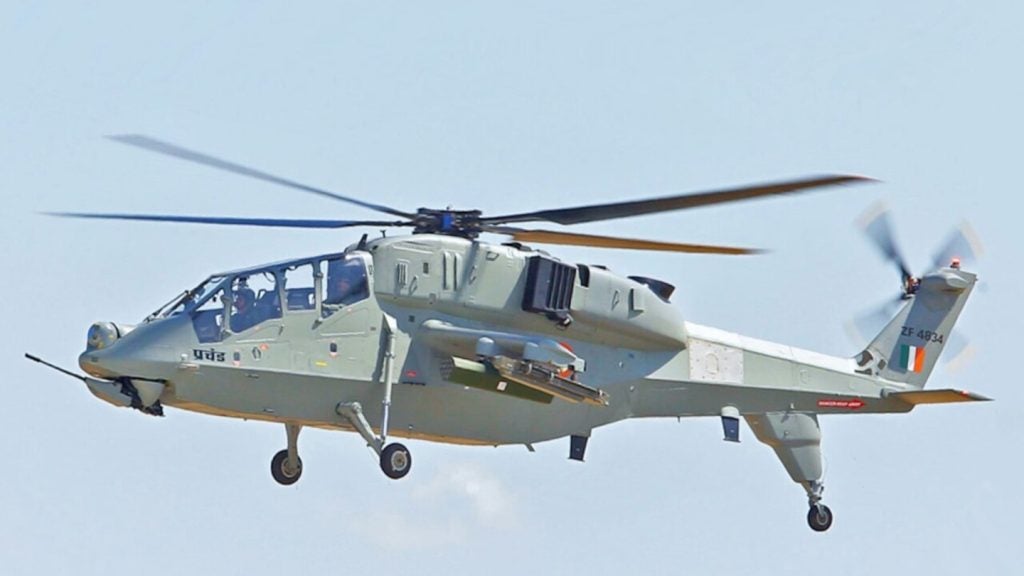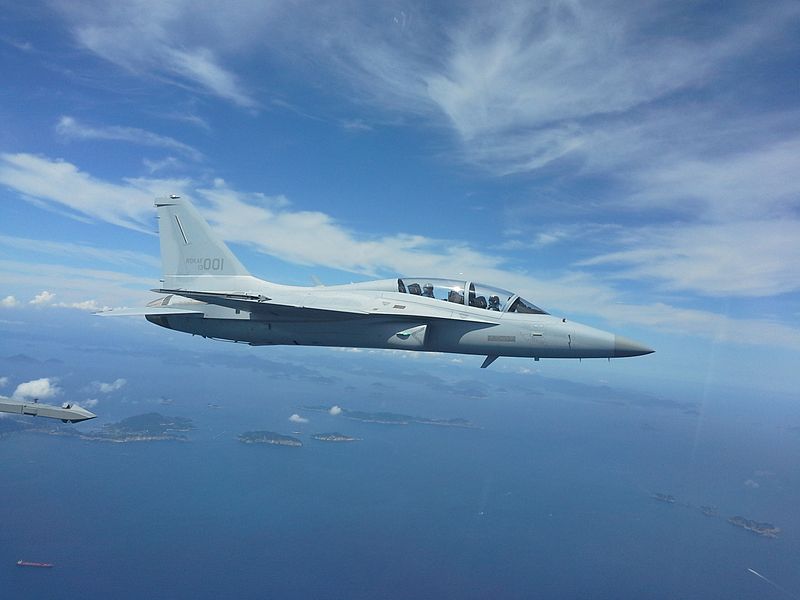
The US Air Force (USAF) has contracted Rhea Space Activity (RSA) for the AFWERX programme’s Phase II small business innovation research (SBIR) award.
Under the SBIR Phase II contract, RSA will continue its effort to develop an improved lunar intelligence (LUNINT) dashboard to support Space Domain Awareness (SDA).
The order is considered an important step for RSA’s SDA programme.
As part of the Phase I effort that has been recently completed, RSA worked directly with the US Space Force (USSF).
In Phase I, the company identified potential national security issues from complex cislunar trajectories entering the geostationary belt of the Earth.
Cislunar refers to the region of space between the Earth and the moon.
How well do you really know your competitors?
Access the most comprehensive Company Profiles on the market, powered by GlobalData. Save hours of research. Gain competitive edge.

Thank you!
Your download email will arrive shortly
Not ready to buy yet? Download a free sample
We are confident about the unique quality of our Company Profiles. However, we want you to make the most beneficial decision for your business, so we offer a free sample that you can download by submitting the below form
By GlobalDataUnder the Phase II effort, RSA will develop additional capabilities that will inform the operational requirements of the SDA.
RSA founder Shawn Usman said: “This Phase II effort will build upon the completed Phase I to develop the scientific and engineering infrastructure needed to inform operational SDA needs in cislunar space.
“Incorporating full visibility and awareness into the US government is critical when it comes to monitoring spacecraft entering the geostationary belt via cislunar trajectories.”
Purdue University and Saber Astronautics are also supporting RSA in its latest effort.
Purdue University School of Aeronautics and Astronautics professor Kathleen Howell said: “We have designed multi-body trajectories for Nasa missions, and are excited to develop trajectories that aid the USSF in monitoring cislunar space.
“Purdue has a rich history in supporting US missions in all sectors, commercial and government, and particularly lunar missions.”
According to RSA, the new capabilities will also contribute to the commercial space.
Space investor SpaceFund, alongside the US Government, have co-invested in this effort. SpaceFund also directly backs RSA.







